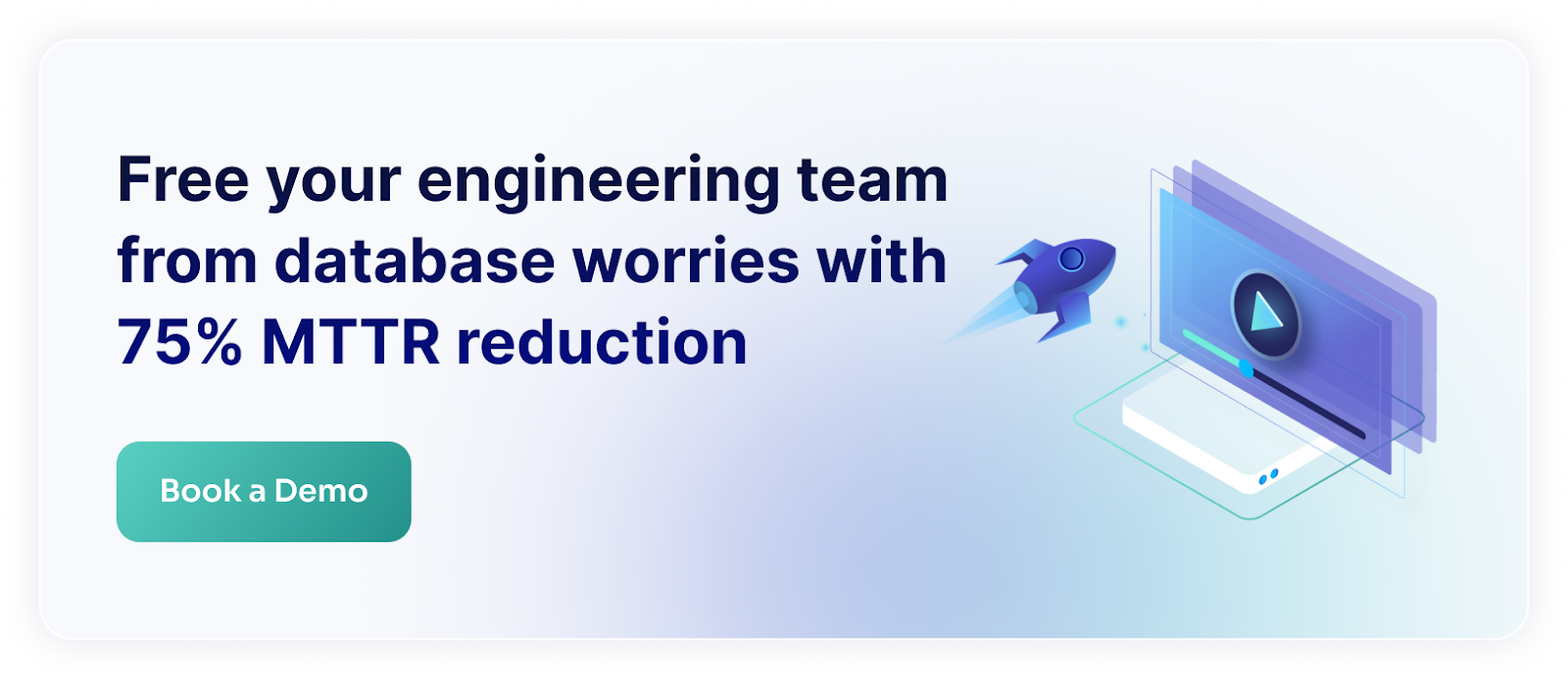If you ever tried to debug issues in the production database, you probably know how hard it may be. There are so many things that affect the performance - be it execution plans, indexes, caches, I/O activity, extensions, and much more. Wrapping your head around all of that is challenging and takes time. What if you could have all of that automated? What if you had a tool that could walk you through what happened and how to fix the issues? Read on to understand how Metis gives you all of that.
Troubleshooting Doesn’t Need to Be Hard
One of the biggest issues with troubleshooting is the lack of proper tools. Monitoring systems do not explain what’s going on. They merely swamp us with data points showing us where the fire is and how it spreads across our systems. However, to troubleshoot efficiently, we need to have observability around our databases.
The crucial part of any troubleshooting is the tooling.

To troubleshoot databases, we need to have tools that can connect the dots from all parts of our software development lifecycle. This starts very early in our development environments where we introduce code changes. We need the tools to understand how we modify the code, what changes, and how it affects the production database. This needs to cover schema migrations as well to make sure we don’t break the performance or lead to data loss
Databases have many moving parts. The tooling needs to understand indexes, tables, schemas, extensions, and all the live configurations inside the database. We can’t just take the queries and hope that this will let us fix the issues. We need to include everything to reason about the performance.
Last but not least, the tooling needs to troubleshoot things for us. It should connect the dots and explain where the problem started, what caused it, and how to fix it. We should simply come and confirm that all the fixes are appropriate.
How Metis Leads You Through the Process
Metis provides everything we discussed above. It starts with the development environments where Metis tracks the performance of all the queries:

Metis extracts execution plans, projects them to the production database, and then provides insights into why they may be slow and how to make them faster. Metis covers schema migrations as well:

This way Metis protects you from data loss and slow migrations that may take your database down for a long time.
Once you deploy to production, Metis analyzes all the pieces of your database. This includes schema insights and suggestions on how to improve things:

Metis provides insights about indexes and tracks their usage history:

Metis checks your database configuration and tells you exactly what parameters to set to improve performance:

Last but not least, Metis tracks live queries. It shows you the history and detects anomalies:

Metis shows you how to rewrite your queries to improve the performance. You just need to take the suggestions and approve them in your codebase:

Metis is the only end-to-end database-oriented observability solution that lets you focus on your work and handles troubleshooting automatically.
Use Metis to Troubleshoot Efficiently
Troubleshooting doesn’t need to be hard. With the right tooling under your belt, you can easily fix the issues. It’s all about seeing, understanding, and constantly improving all the moving parts. Metis covers everything inside your database, including queries, indexes, configurations, schemas, tables, and actionable suggestions on how to rewrite the queries. Use Metis and stop worrying about your databases.







